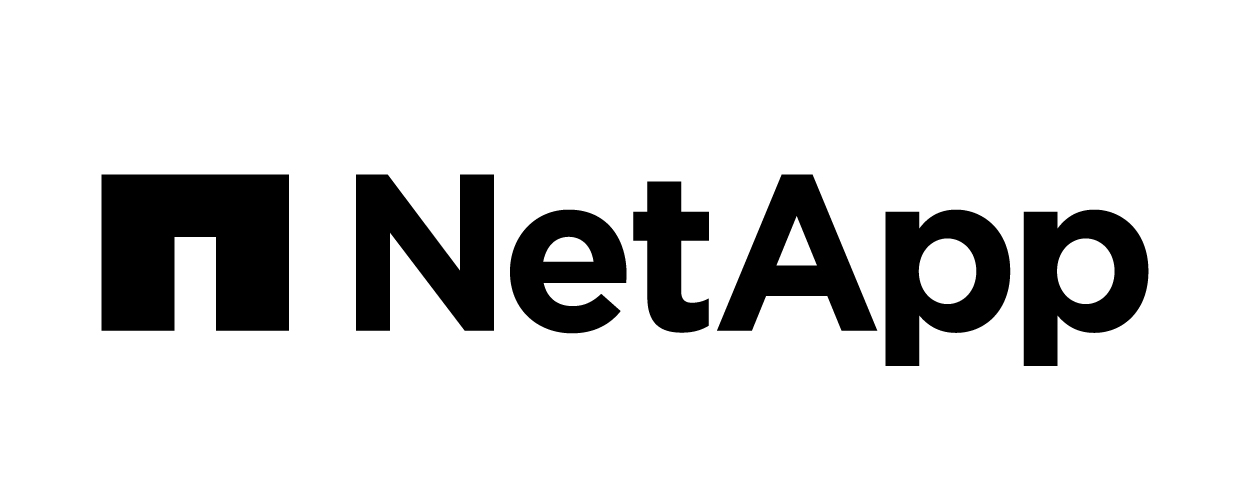This article originally appeared on CIO.com. Click here to read the full article.
By Clint Boulton
August 21, 2020
Never before have the pros and cons of working from home become more obvious than in 2020, as the coronavirus initiated a mass exodus from corporate offices worldwide. In the early days, employees reveled in their ability to sleep in and spend more time with the family.
Soon the warped reality of the pandemic set in. Workdays grew longer in the absence of daily commutes. Workers’ eyes glazed over as they sit through a marathon of daily Zoom meetings. Their fingers’ spidered across keyboards and touchscreens, as they anxiously answered emails into the night.
The New Normal is something of a real-life Twilight Zone, whose effects on productivity, well-being and other aspects bear watching. While 63 percent of 20,000 employees surveyed by Lenovo in May say they feel more productive working from home (WFH), many cite reduced personal connections with colleagues, trouble balancing work and home life and domestic distractions as downsides to #WFHlife.
“The distinction between work life and personal life is gone,” says Guardant Health CIO Kumud Kalia. “Things that seemed unprofessional six months ago are now seen as routine.”
CIOs who have seen the good, bad and ugly of this new way of working offer their tips for keeping employees focused and productive during the work-from-home period.
Be flexible
This WFH experiment is new for most workers, so show patience with staff struggling to balance being present for their families with getting work done, Guardant’s Kalia says. Recognize that kids are going to Zoombomb. Also, stress will elevate as parents prepare to send their children back to school for the first time in months. “There’s no one-size-fits-all solution to this,” Kalia says.
It’s also incumbent on IT leaders to ease transitions of new hires. That’s a big reason why Kalia rolled out Barista, a chatbot that helps with remote onboarding by answering questions about corporate benefits, tech support, where to get cybersecurity training and other inquiries. Employees access the software through the company’s Slack interface.
Facilitate regular communications
NetApp CIO Bill Miller checks in with his team regularly and asks that his direct reports do the same to offer support, help with challenges and stay connected. This has elevated his IT staff’s relationships as they’ve worked through the challenges of working remotely. “We need human interaction and being mindful to make sure that happens is important to keep morale high,” Miller says. “We’re all in this together.”
Click the link above to access the full article on CIO.com.

